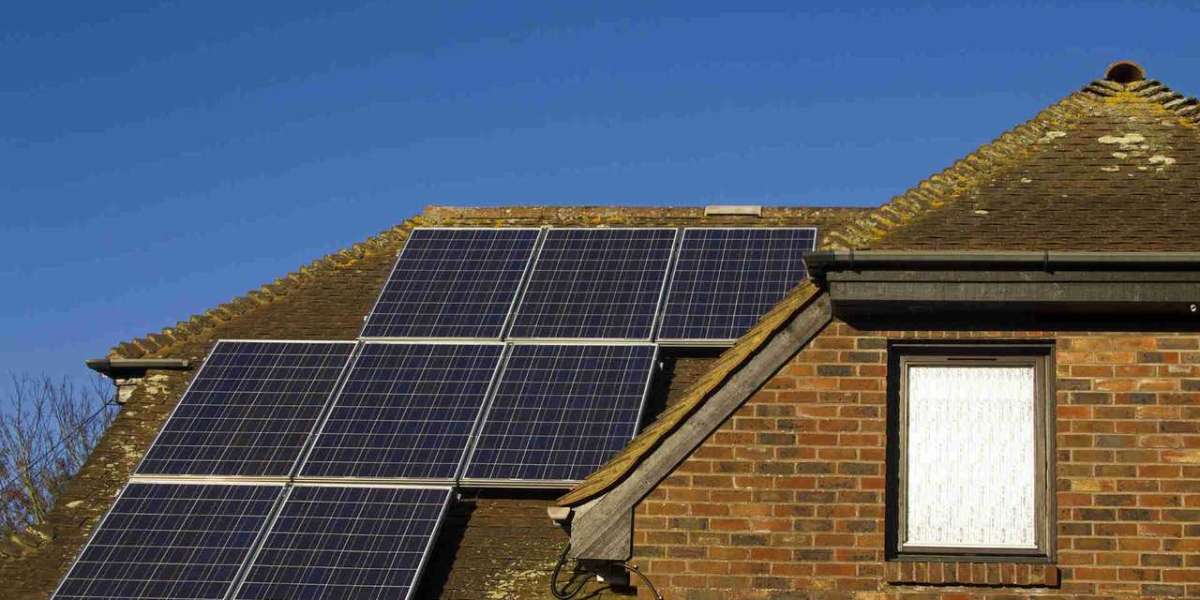Anyone living in a big city may dream of moving to other isolated places and living on trees or desolate beaches. During the COVID-19 epidemic and the endless months of quarantine, more people may have the same idea. However, while this may seem romantic and seductive, there are some practical challenges to living in the depths of nature. Few people give up the comfortable life they are used to, such as turning on the fresh water from the faucet or charging their mobile phones. If the place is actually remote, it may not have electricity, drinking water, natural gas, sewage, or solid waste collection systems. However, there are still several possibilities to get living off the grid.
Living in isolation requires understanding everything that buildings consume and produce. An ecosystem had better be a closed cycle, and the balance should not be negative. In other words, if the consumption of the house is greater than the production, it will be impossible to make up for the excess as we are used to in the city. At the same time, if there is anything left, it means that resources are not being fully utilized. Without the urban infrastructure that provides us with daily convenience, self-sufficient housing or communities must be able to provide all the conveniences of life.
Although electricity may have been considered the most important infrastructure from the beginning, water supply is vital to our survival. To this end, it is necessary to identify the three most common safe water sources: nearby water bodies (the source of lakes or rivers), wells, or recycled Rain Water. The water from the artesian well or Rain Water system had better be treated by the filtration system before use. However, to pump water from underground reservoirs and lakes, or to provide water for filters, electricity is essential.
In order to generate electricity in an off-grid system, the sun and wind are the main renewable resources. Residential wind power systems are still relatively expensive, but they can be a good choice when weather conditions are favorable. The system consists of a wind turbine, which captures the kinetic energy of the wind through a propeller and converts it into electricity. The battery stores energy and provides energy when there is no wind. Another important component is the inverter, which converts the direct current of energy stored in the battery into AC electricity, which is suitable for household appliances and other equipment. Small aero generators can generate up to about 100 kilowatts of electricity.
The most common way to get electricity outside the grid is through solar energy. According to the Global off-grid Lighting Association (GOGLA), the offline solar industry has grown tremendously in the past decade, becoming a booming market of $1.75 billion a year. Its business maintains a solid growth curve and currently serves 420 million users, of course, not just people living alone. 840 million people around the world still do not have access to electricity and more than 1 billion people live in unreliable networks. Off-grid solar energy can also provide a variety of production uses for these people, providing power for solar water pumps (SWP), cold storage, or food processing machinery.
The photovoltaic off-grid system is composed of several parts. First, solar panel arrays capture solar radiation and convert it into electricity. This energy will go into the charging controller, which is used to extend the life of the battery so that they are fully charged all the time. The controller is also responsible for charging and discharging the battery. Both batteries and photovoltaic panels must be connected to the inverter, and since both panels generate DC power, this will allow the equipment to use alternating currents.
No matter which system it is, it is important that isolated buildings have enough space to place all these devices and devices so that they can be accessed and easily maintained.







